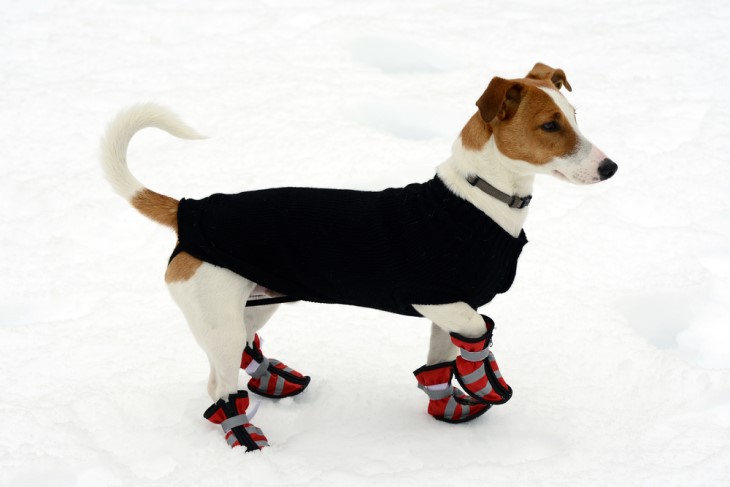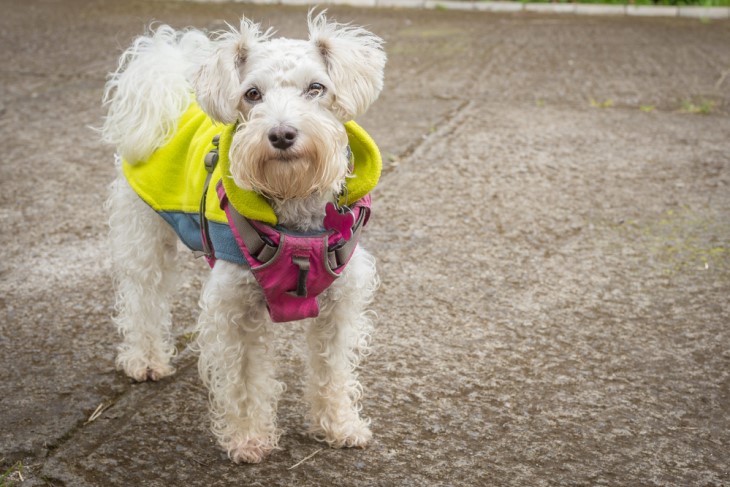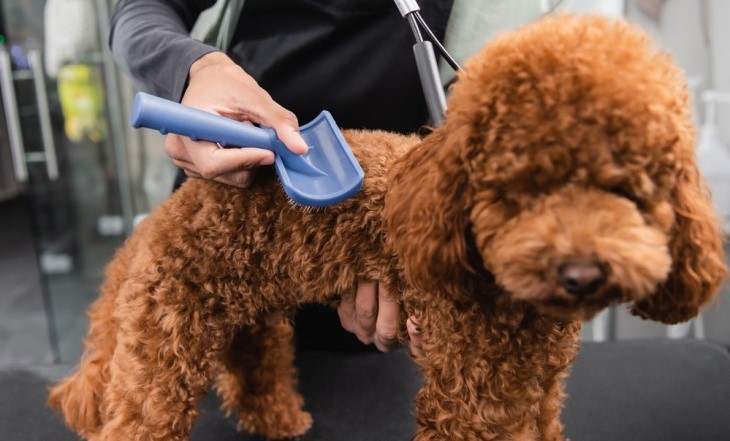
As the chill of winter sets in, the responsibility of pet owners deepens, ensuring our canine companions remain not just comfortable, but thriving in the colder months. The following list delves into ten pivotal areas of focus for dog owners, ensuring a comprehensive approach to winter dog care.
Just as we layer up to brave the winter chill, certain dogs, especially those with thinner coats, require an added layer of protection against the cold. A well-fitted dog coat is more than a fashion statement; it's a necessity for breeds like Greyhounds and Whippets, who lack the natural insulation thicker-coated breeds possess. When selecting a coat, consider coverage, comfort, and ease of movement to ensure your dog remains warm without hindrance to their natural playfulness and exploration.

Winter walks can transform into an unintended harm with the presence of ice, snow, and de-icing chemicals. Regularly inspecting and cleaning your dog's paws post-walk is crucial. Long-haired breeds might accumulate ice balls between their toes, causing discomfort or even pain. A routine of wiping their paws, coupled with occasional trims of the fur between their toes, can mitigate these risks. For added protection, consider dog-friendly booties or a paw protectant balm to shield their pads from the corrosive effects of salt and chemical de-icers.
With the allure of outdoor activities diminished by the cold, turning your home into a stimulating environment for your dog is key. From puzzle toys that challenge their minds to simple games of fetch in the hallway, keeping your dog physically and mentally active indoors is essential. This not only helps in managing their energy levels but also in maintaining their health and happiness during days when outdoor time is limited.

The winter season often means a reduction in daily exercise for your dog, which can lead to weight gain if their diet isn't adjusted accordingly. Assess your dog's activity level and consult with your veterinarian to tailor their diet for the winter months, ensuring they receive the right balance of nutrients without the excess calories that can lead to obesity.

Just as we notice our skin becoming drier in the winter, dogs can experience similar discomfort with dry, itchy skin. Ensuring your home is well-humidified and that your dog has constant access to fresh water will help keep their skin hydrated. Additionally, consider incorporating omega-3 fatty acids into their diet, which can help maintain healthy skin and coat.
A warm, comfortable sleeping area is vital for your dog's comfort during the cold months. Ensure their bed is away from drafts and possibly elevated off the cold floor. Adding a blanket or a heating pad designed for pets can provide extra warmth, making their rest area a cozy retreat from the cold.

With shorter days and longer nights, ensuring your dog's visibility during walks is crucial for their safety. Reflective gear, whether on their collar, leash, or coat, along with LED lights, can make a significant difference in visibility during early morning or evening walks, ensuring both you and your pet's safety from motorists and cyclists.

While it might seem counter-intuitive, regular grooming in winter is essential for maintaining your dog's skin and coat health. Avoid shaving down to the skin; instead, trim the fur to minimize the collection of ice and snow. Bathing should be minimal to retain the skin's natural oils, but when necessary, use a moisturizing shampoo to prevent dryness.

Winter can exacerbate certain health issues like arthritis in dogs. Regular check-ups with your veterinarian can help manage these conditions before they worsen with the cold weather. Additionally, keep an eye on your dog's behavior for signs of discomfort or illness, as early detection is key to prevention and treatment.
Winter weather can be unpredictable, leading to sudden storms and cold snaps. Having an emergency plan, including a pet-friendly emergency kit, is essential. Ensure your dog's microchip information is up-to-date and have a list of emergency vet services handy, ensuring you're prepared for any situation that might arise.
Adhering to these comprehensive care tips can help ensure your dog not only endures but thrives during the winter months, maintaining their health, happiness, and well-being amidst the cold and snow.
In conclusion...
The essence of winter dog care transcends the mere provision of warmth, reaching into the realms of nutritional balance, mental stimulation, and vigilant health care. These 10 tips offer some guidelines you can use to care for your pet each winter to protect them from this season's harsh embrace. By embracing these practices, we not only fortify our dogs against the cold but also enrich our shared bonds, ensuring that the winter season becomes a time of joy, comfort, and wellness for them.